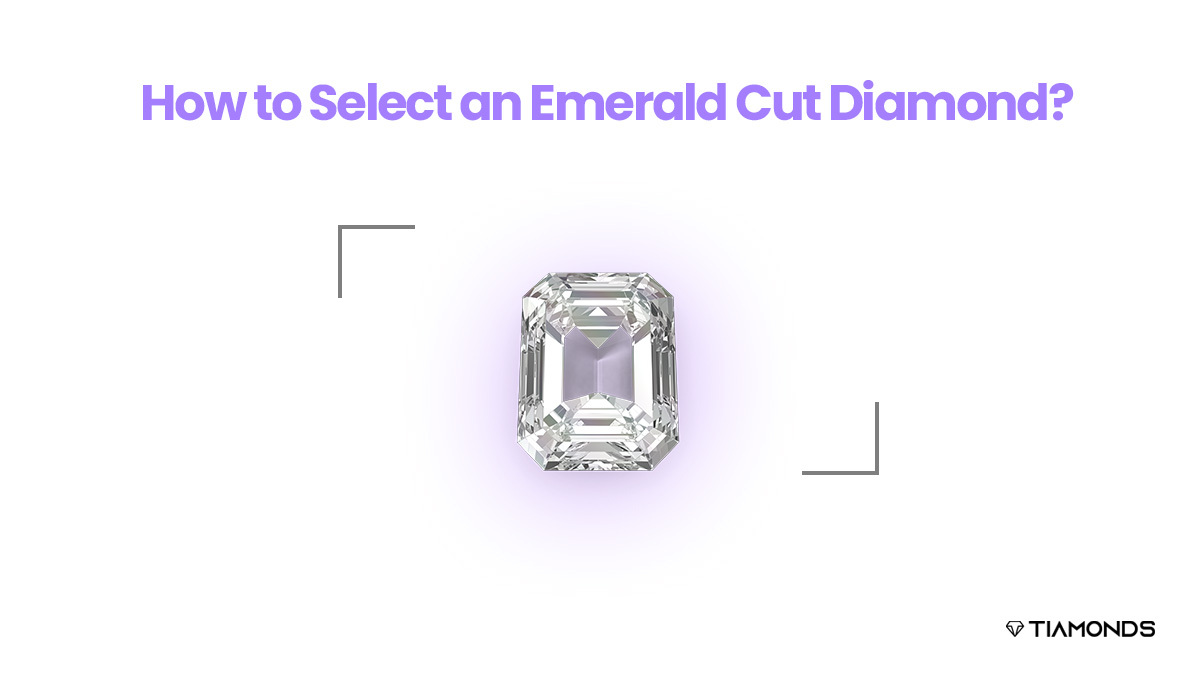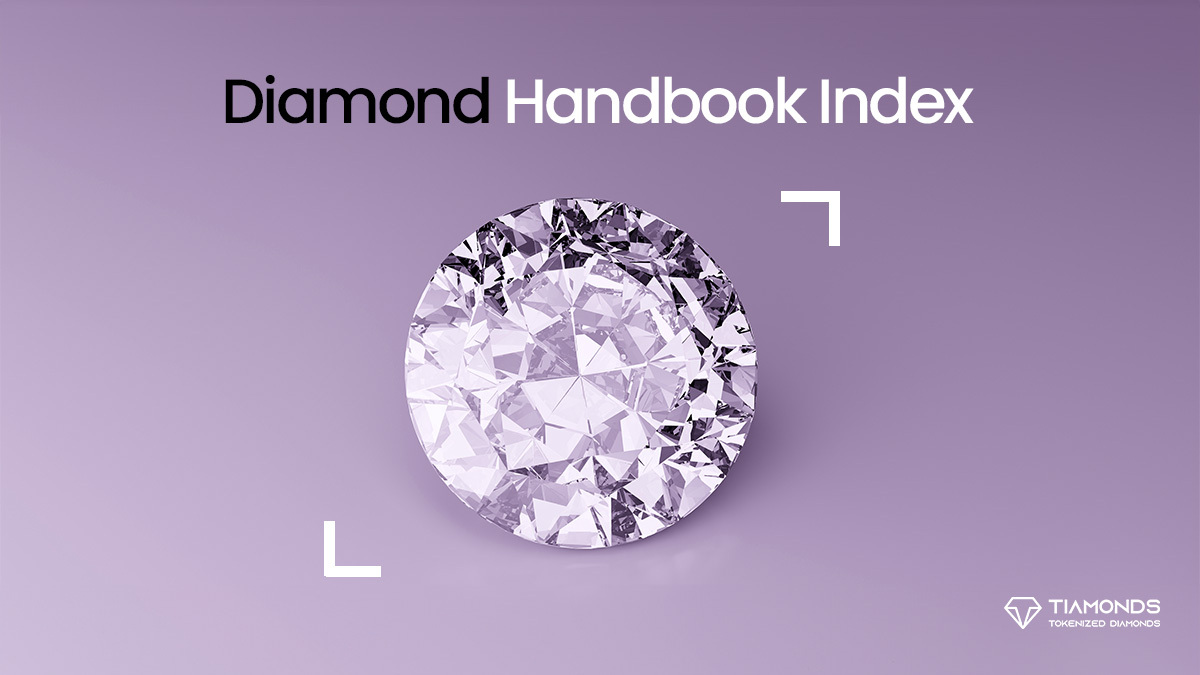Although the round brilliant is the shape most commonly associated with diamonds. These remarkable pure carbon crystals can be cut into a wide variety of shapes and facet arrangements. The emerald cut diamonds are one of the most distinctive in both form and appearance. The emerald cut is the only diamond shape that can reliably deliver an understated but remarkable wow factor. The elegant appearance of this diamond makes it a popular choice for those who desire a classic, undeniably gorgeous diamond with subtle sparkle. From its origins as a style of cutting for emerald gemstones to its constant presence in celebrity engagement rings, the emerald cut diamonds are the ideal, timeless option.
What are Emerald Cut Diamonds?
Since ancient times, emerald-cut diamonds have been regarded as the most graceful diamond shape. Their overall appearance and the type of vision they produce are extremely distinctive. Their step-cut facet design produces a completely different visual effect than the pervasive round brilliant and the numerous brilliant style shape variants. Unlike brilliant designs, the emerald cut features an array of horizontal, step-like facets. It has four elongated sides with bevelled corners and two, three, or four parallel concentric rows of facets on the crown and pavilion.
The emerald cut, one of the earliest diamond designs, originated with emeralds in the 1500s. In order to decrease pressure (and breakage) when cutting emeralds, which are significantly softer and less durable than diamonds, this technique of cutting was utilised. As the fashion grew in popularity, diamond cutters began applying it to diamonds.
How to Select an Emerald Cut Diamond?
Clarity: In contrast to brilliant cut diamonds, emerald cut diamonds, with their big, transparent table and parallel facets. Which do not conceal inclusions or defects particularly well. Any flaws are readily discernible upon direct inspection of the diamond. If someone desires an eye-clean diamond, they should choose a diamond shape with a higher clarity grade than other diamond shapes.
The GIA Grading Scale
Flawless (FL) – No inclusions or imperfections are visible under 10 magnification.
Internally Flawless (IF) – Under 10x magnification, no inclusions (but some defects) are visible.
Very Slightly Included (VS1 and VS2) – Under 10x magnification, minute inclusions are visible.
Slightly Included (SI1 and SI2) – Inclusions visible at 10x magnification
Included (I1, I2, and I3) – Inclusions visible at 10x magnification
Color
The GIA assigns diamonds a colour grade ranging from D (colourless) to Z (champagne tones). Similarly, the open table of an emerald cut reveals a diamond’s colour more than other shapes. Keep in mind, however, that diamond colour varies from stone to stone. And in the end, it comes down to personal preference. Choose what appeals to investors first, then consider its grade. Frequently, multiple colour grades appear identical to the unaided eye.
Cut
The true indicator of a diamond’s attractiveness is its cut. A well-cut diamond will reflect direct light and emit light in dim light. The GIA doesn’t give a comprehensive cut rating for emerald diamonds, such as they do for round brilliants, which makes it somewhat difficult to choose emerald cut diamonds. Examine factors such as polish and uniformity, table (diamond top) percentage, and profundity percentage as a starting point. Consult the table below for recommendations on where to begin with cut quality.
Choosing the Right Emerald Cut Diamond
The visual appeal of an emerald-cut diamond derives from its rectangular body and bevelled corners. Choosing the ideal proportions for an emerald cut is a matter of personal preference, but square emerald cuts make up the overwhelming majority of emerald cuts. It may be difficult to locate a squarer cut in person for consideration. Although emerald cuts are essentially more affordable, someone will likely be much more selective when selecting an emerald cut diamond than they would be with a brilliant cut diamond. As we have discussed, emerald-cut diamonds do not conceal inclusions well, so a clarity grade of VS1 or higher is essential for a quality diamond.
It is crucial to examine emerald-cut diamonds in reality from as many tilts and angles as possible. Either an individual or a reputable jeweller should be able to examine the diamond under magnification to confirm the absence or presence of inclusions and their location. With numerous additional diamond shapes, lesser stones tend to conceal inclusions well, and it becomes a greater concern once the carat weight surpasses 1 carat. While this is still generally true for emerald-cut diamonds, the step cuts of this shape make even smaller carat weights particularly prone to visible inclusions. To affirm an eye-clean appearance, emerald-cut diamonds should always be examined.
Tiamonds, a marketplace for tokenized diamonds, just launched 10 new gemstones. The collection consists of a rare beauty: an emerald cut diamond.
Buy Now: tiamonds.com/market/6471525186




